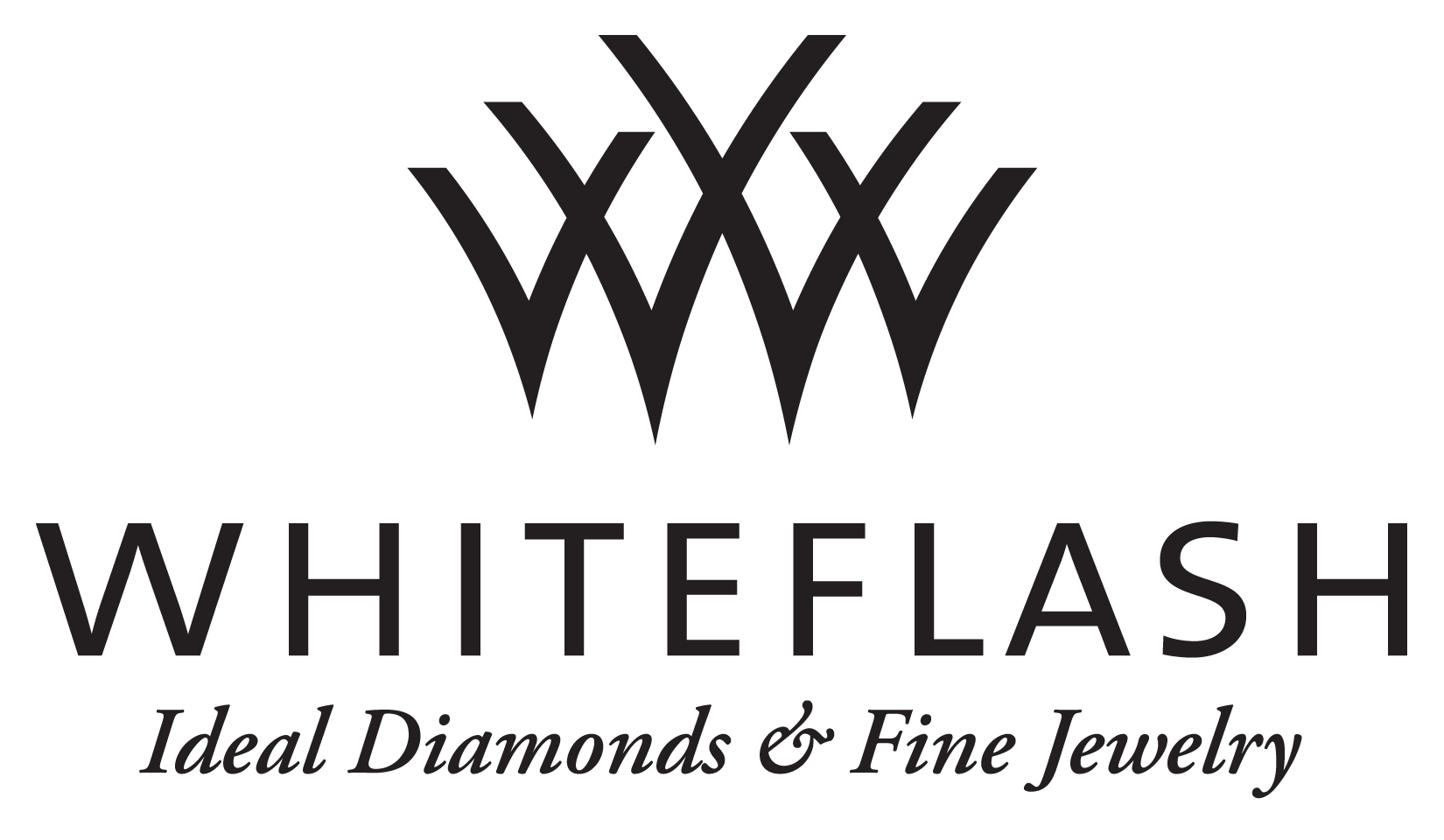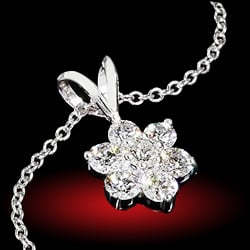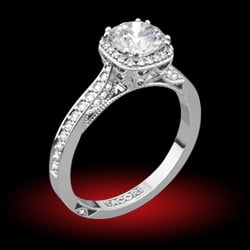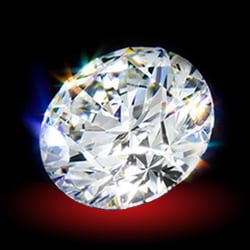Hi! I reset my diamond in a James Allen solitaire setting a little over a month ago. I paid the extra $$$ to have a platinum setting; however, I am concerned that white gold solder was used to join the head to the shank, which really upsets me. Does anyone know if James Allen uses white gold solder on their platinum rings? Should I have it tested by a local jeweler (is that possible)? I'm just so discouraged and upset thus far- I just like when things are done right the first time.......
Any insight and advice would be greatly appreciated...thanks
Any insight and advice would be greatly appreciated...thanks







300x240.png)